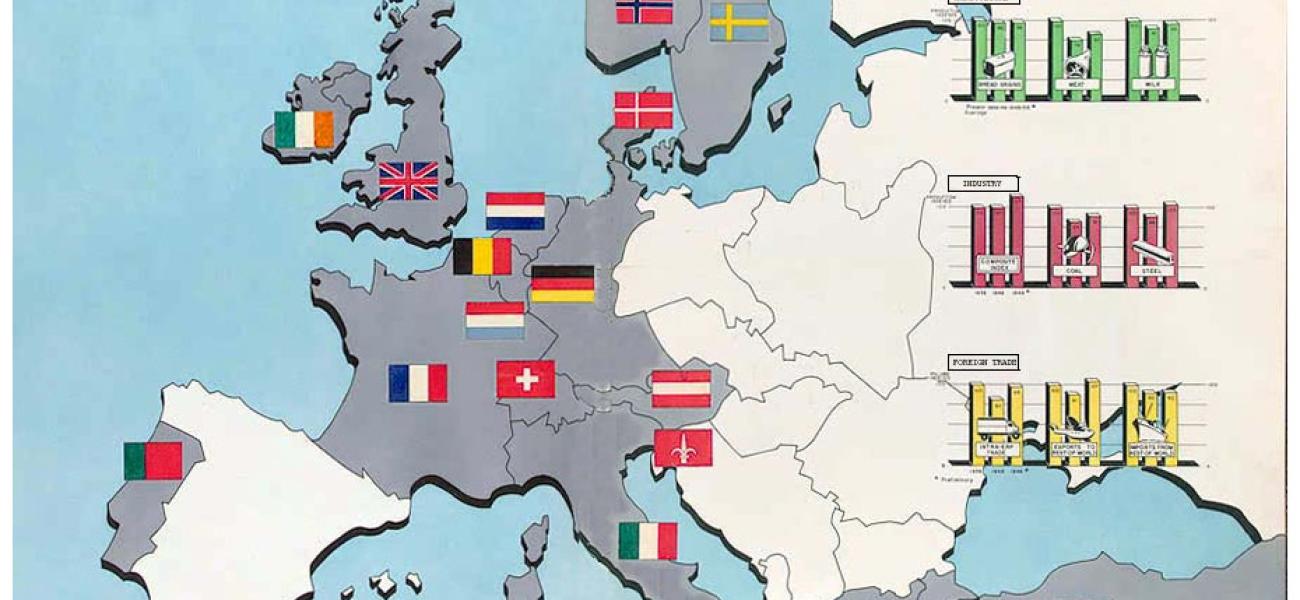
Divide and Invest: Why the Marshall Plan Worked
This is a summary of an article originally published by Foreign Affairs.
In his review of Benn Steil’s new book, "The Marshall Plan: Dawn of the Cold War," the author writes that while the Marshall Plan was arguably the most successful U.S. foreign policy program during the Cold War, it also exacerbated Cold War tensions. It rekindled fears in eastern and western Europe about renewed German power, sparking both the creation of NATO and Europe's division. In his book, Steil argues that the Marshall Plan was a success "because the United States aligned its actions with its interests and capacities in Europe, accepting the reality of a Russian sphere of influence into which it could not penetrate." Over the last 25 years, Washington's strategic thinking has been misguided, Steil writes. Under Bill Clinton, the U.S. "challenged Russia's security perimeter," increasing Russia's lack of trust in the West. Lines that were acknowledged and respected by the creators of NATO and the Marshall Plan were ignored by U.S. administrations at the end of the 20th century. "Steil suggests that the United States must realistically accept a Russian security sphere in Europe. … But where do legitimate Russian interests cease, and where should realistic red lines be drawn today?"
Read the full article at Foreign Affairs.
Melvyn Leffler
Melvyn Leffler is a visiting professor of world politics at the University of Virginia.
Photo shared by U.S. Embassy The Hague under a CC BY-ND 2.0 license.
